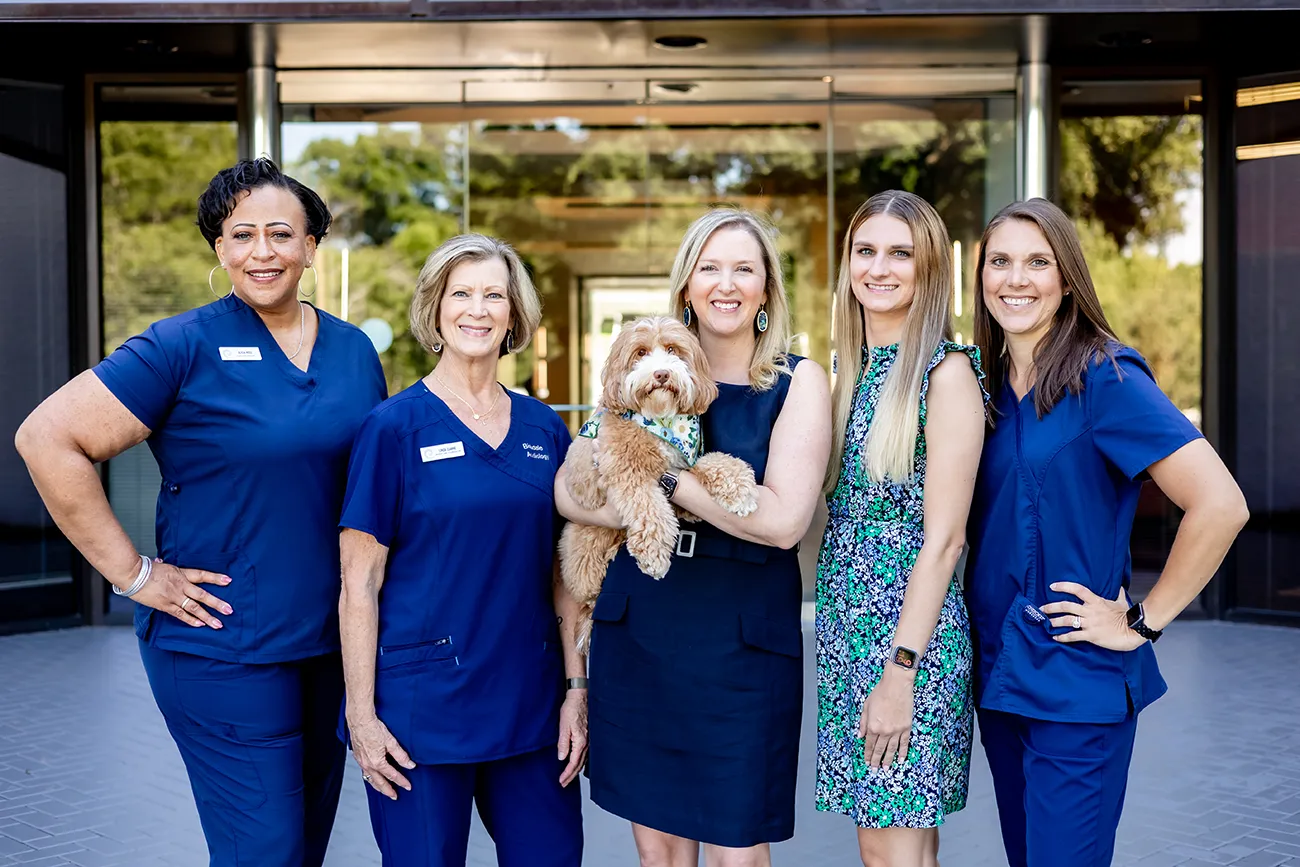
Studies show that most people don't get the optimal hearing aid fit from their hearing professional. As a result, they are missing out on the full benefits of their hearing aids—and that's a problem.
Hearing aids are designed to fit into the ear canal, which is tricky to get right. The ear canal is made of bone and skin that can vary in size from person to person. It's easy to see why the optimal fit is difficult to achieve.
That's why, when fitting hearing aids, experts say that using Real Ear Measurement (REM) is best.
Instead of using a one-size-fits-all measurement system, using Real Ear Measurements, audiologists measure the actual shape of your ear with an instrument called a probe microphone. Then they take that information and use it to design a custom-fit hearing aid that will give you the best sound quality possible.
No two ears are the same, so how can one-size-fits-all hearing aids be expected to fit perfectly? If you're not getting the hearing aid benefits you should, it could be due to a bad fit. Bad fit leads to bad hearing.
Real Ear Measurements are a much more accurate way of measuring your hearing loss than any other method available today. Even though it sounds kind of weird and invasive, don't worry! You'll barely feel anything. Once the probes are in place, we will measure how loud a range of frequencies sounds to your ears. This allows us to choose the hearing prescription that best fits your needs.
When it comes to hearing aid measurement, industry insiders consider REMs to be the gold standard. However, according to a study published in the Hearing Review, only about one-third of hearing professionals regularly fit patients with REM equipment.
We believe in the importance of Real Ear Measurement when fitting hearing aids. This ensures that you get the best hearing aid experience possible, no matter which model you choose.
Hearing aids are only one piece of the puzzle when it comes to improving communication.
Our comprehensive auditory rehabilitation program will teach you the 5 Keys to Communication Success.
.jpeg)


You'll learn important tips to share with your friends and family members to help them become better communicators.

Hearing and listening are not the same things. We'll teach you simple strategies to boost your active listening skills.

There are lots of ways to modify your environment for successful communication, and we'll teach you all of them.

Your hearing aids will work best when you know how to properly use and care for them. By the end of this program, you'll be a tech expert!

Weekly "assignments" will give you fun and easy ways to practice what you've learned and create new successful communication habits.
